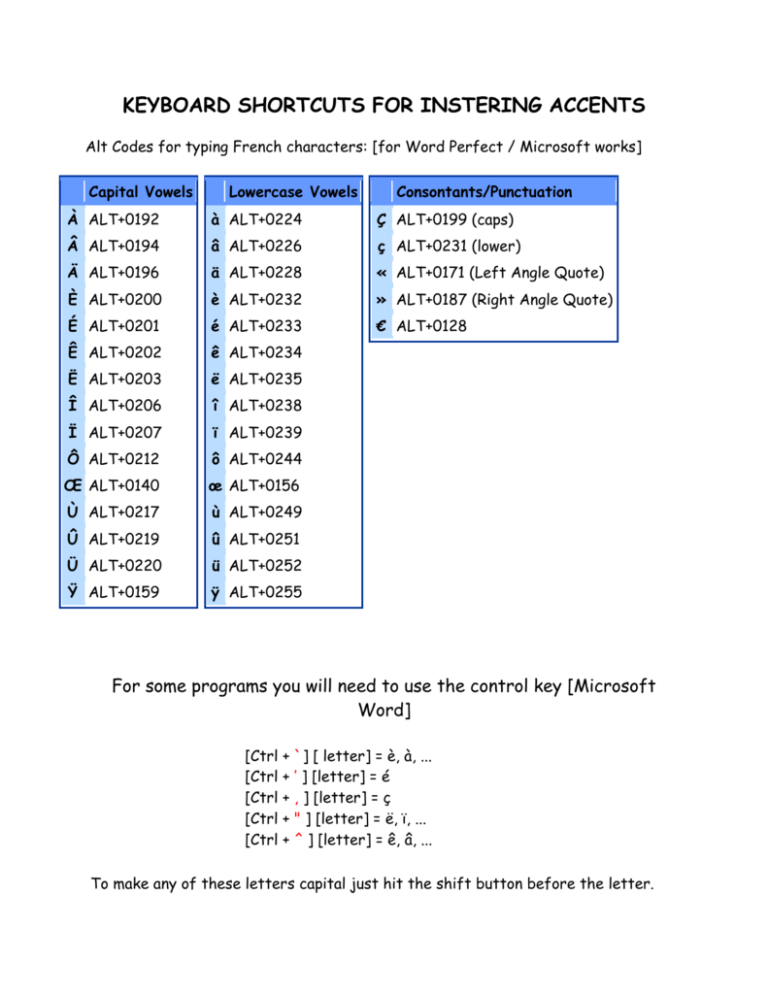

To add a diacritic to a capital letter on some typewriters, the upper-case version of the accent could be produced using ⇧ Shift plus the diacritic key. Since the diacritic key – a 'dead key' – had not moved the paper on, the letter was printed under the previously-printed accent. To achieve an accented letter, the typist first typed the desired diacritic, then typed the letter to be accented. On typewriters designed for languages that routinely use diacritics (accent marks), a dead key mechanism was provided: a mark is made when a dead key is typed but, unlike normal keys, the paper carriage does not move on. This symbol did not exist independently as a type or hot-lead printing character. The incorporation of the tilde into ASCII is a direct result of its appearance as a distinct character on Portuguese mechanical typewriters in the late nineteenth century.
:max_bytes(150000):strip_icc()/CharViewer-Full1-4691496-3a344601ef5a4d2f9d01d292d186fa7b.jpg)
The text of the Domesday Book of 1086, relating for example, to the manor of Molland in Devon (see adjacent picture), is highly abbreviated as indicated by numerous tildes. Medieval European charters written in Latin are largely made up of such abbreviated words with suspension marks and other abbreviations only uncommon words were given in full. This saved on the expense of the scribe's labour and the cost of vellum and ink. Such a mark could denote the omission of one letter or several letters. Thus, the commonly used words Anno Domini were frequently abbreviated to A o Dñi, with an elevated terminal with a suspension mark placed over the "n". The tilde was originally written over an omitted letter or several letters as a scribal abbreviation, or "mark of suspension" and "mark of contraction", shown as a straight line when used with capitals. 3.3.3.1 Unicode and Shift JIS encoding of wave dash.


 0 kommentar(er)
0 kommentar(er)
